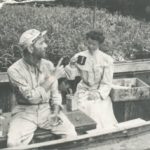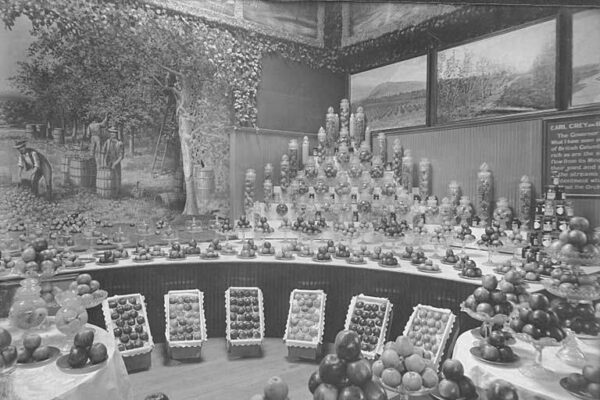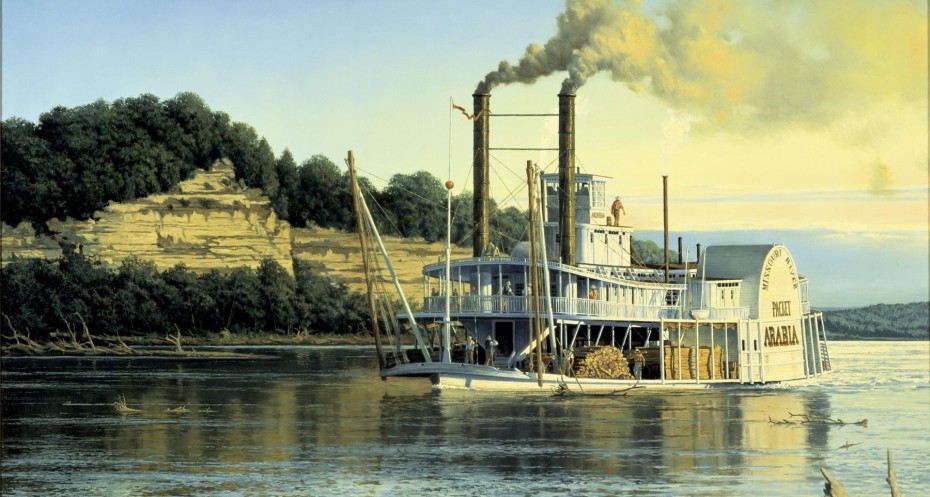
In 1856, the Steamboat Arabia was frontier bound, loaded with supplies for 16 towns. With two hundred tons of precious cargo aboard, it left Kansas up the Missouri river on a routine trip, but waiting silently at the water’s surface, lost in the glare of the setting sun, was the thick trunk of a huge, fallen walnut tree lying directly in the path of the approaching steamboat.
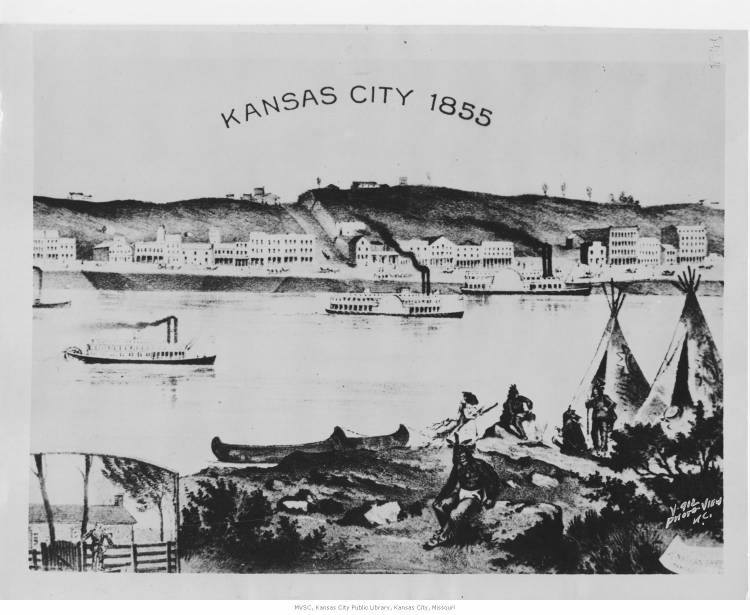
The lethal impact came without warning, piercing the thick hull of the steamer. Water poured through the gaping hole and the Arabia sank to the bottom of the Missouri River within minutes. Everyone on board miraculously swam to safety, except for one forgotten mule, tied to the deck.
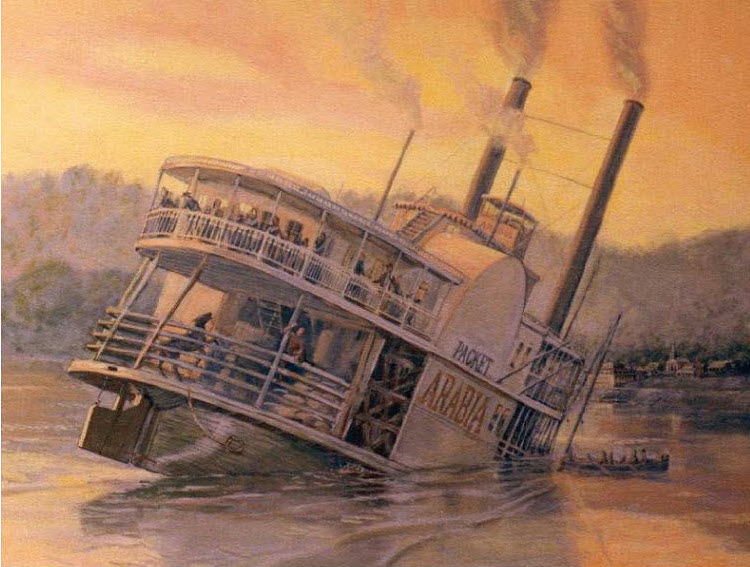
The boat quickly sank into the river bottom, with the mud and silt, and within a few days, it had disappeared entirely, swept away by the force of the river. Over time, the river shifted half a mile to the east and for 132 years, the boat lay hidden from the world, until it was finally discovered in the late 1980s, buried 45 feet deep in dirt beneath a Kansas farm.
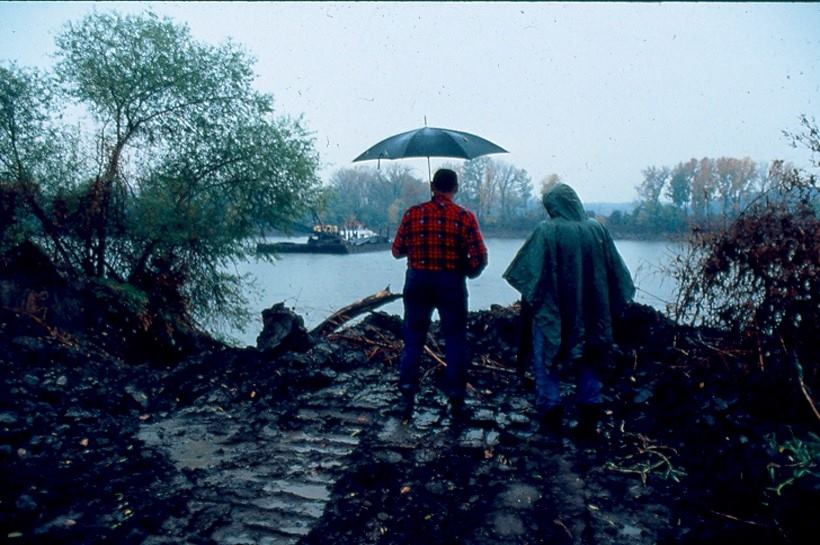
Legends passed through generations about the lost location of the Arabia and inspired a local, Bob Hawley, to find the boat with his sons in 1987. They used old maps and a proton magnetometer to figure out the probable location until finally discovering it half a mile from the river. The farmers who owned the land where the boat lay under 45 feet of mud, gave permission to the Hawleys to excavate, on the condition that the work be completed before the spring planting.
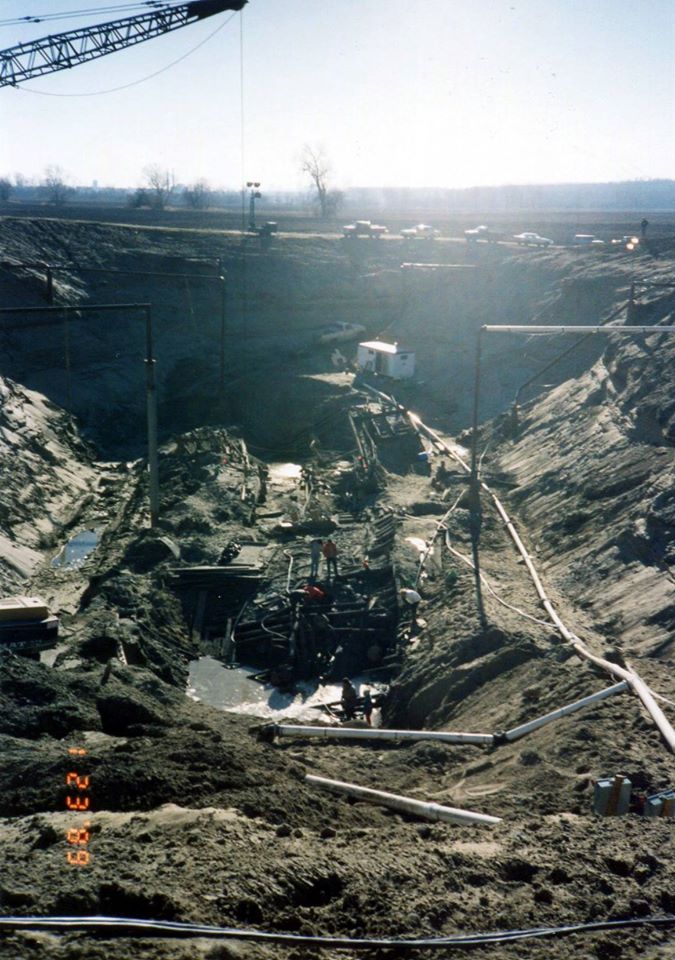
Bulldozers, backhoes, drills and a 100-ton crane bit into the ground, 65-foot-deep wells removed 20,000 gallons of water, and each day the hole grew larger, as did the anticipation of what lay below.
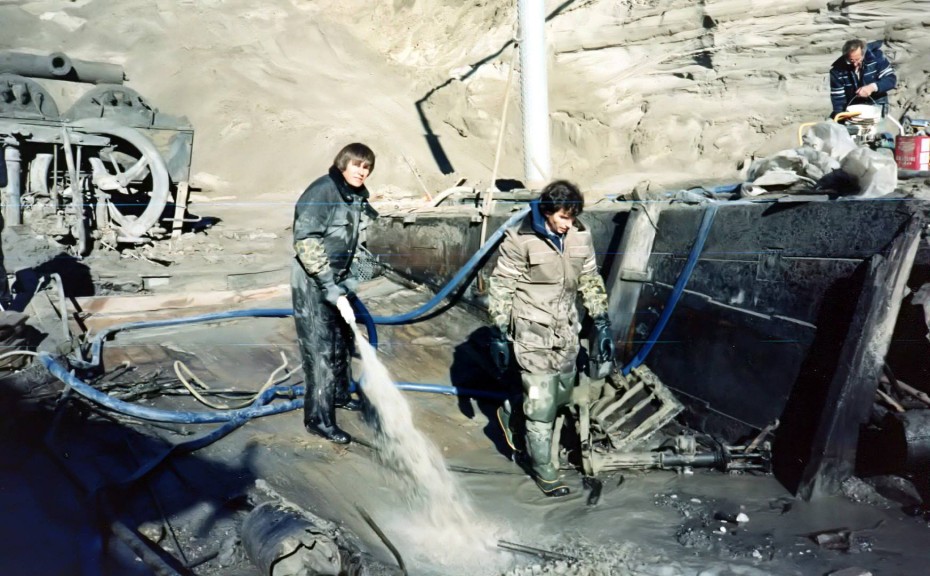
Two weeks later, the first part of the Arabia appeared; the weathered timbers of her left paddlewheel, and then a small, black, rubber shoe lying on the muddy deck.
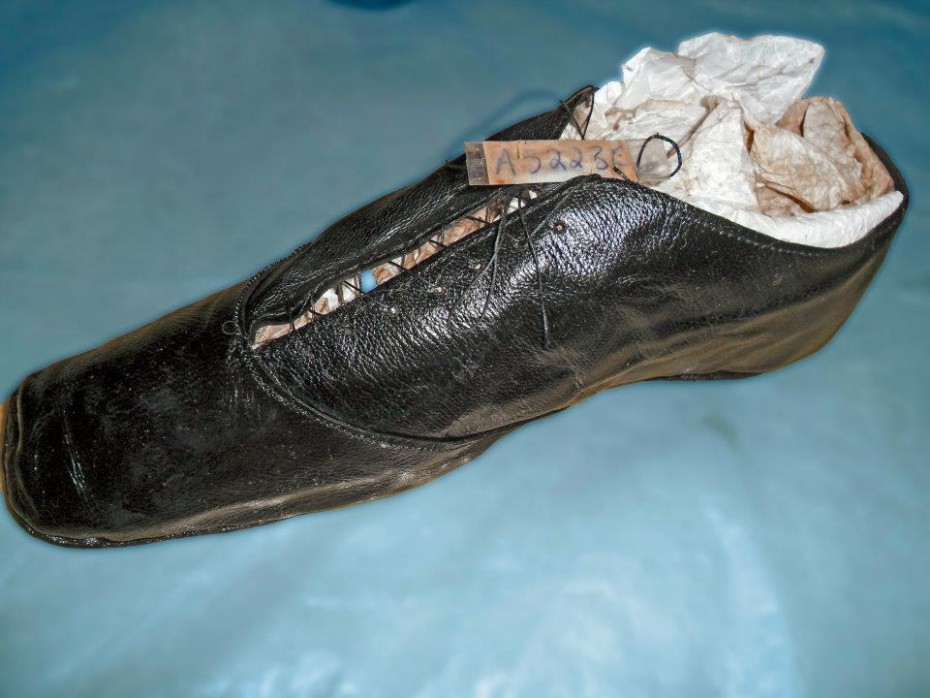
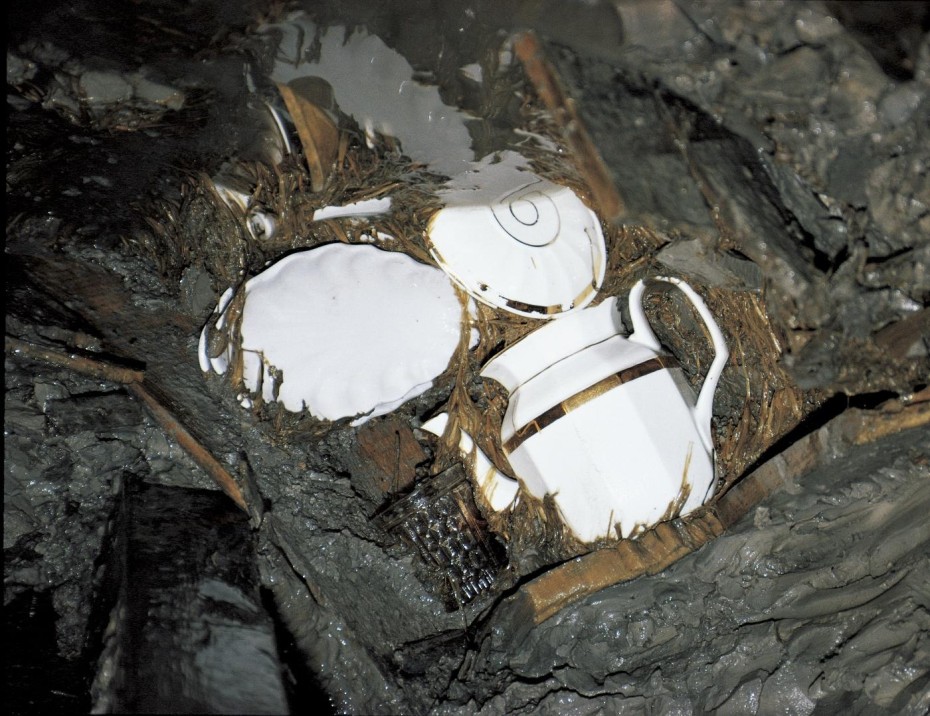
On November 26, 1988, the Arabia was finally exposed, along with its 200 tons of buried treasure. Within a few days, a wooden crate filled with elegant china was unearthed; the yellow packing straw still visible thanks to the mud being such an effective preserver.
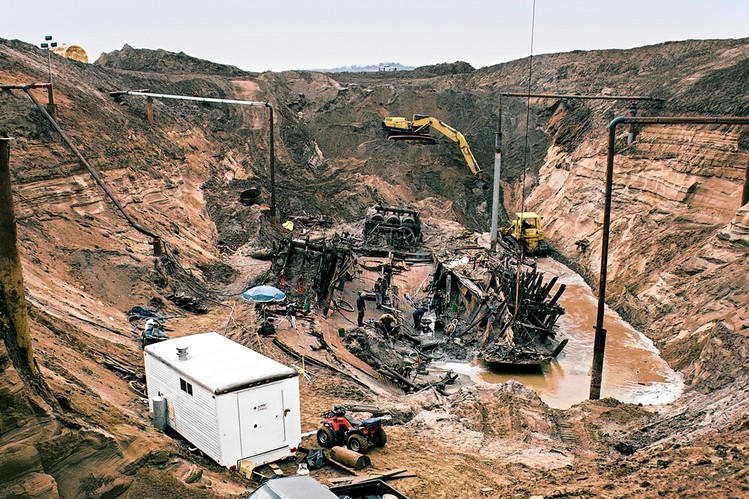
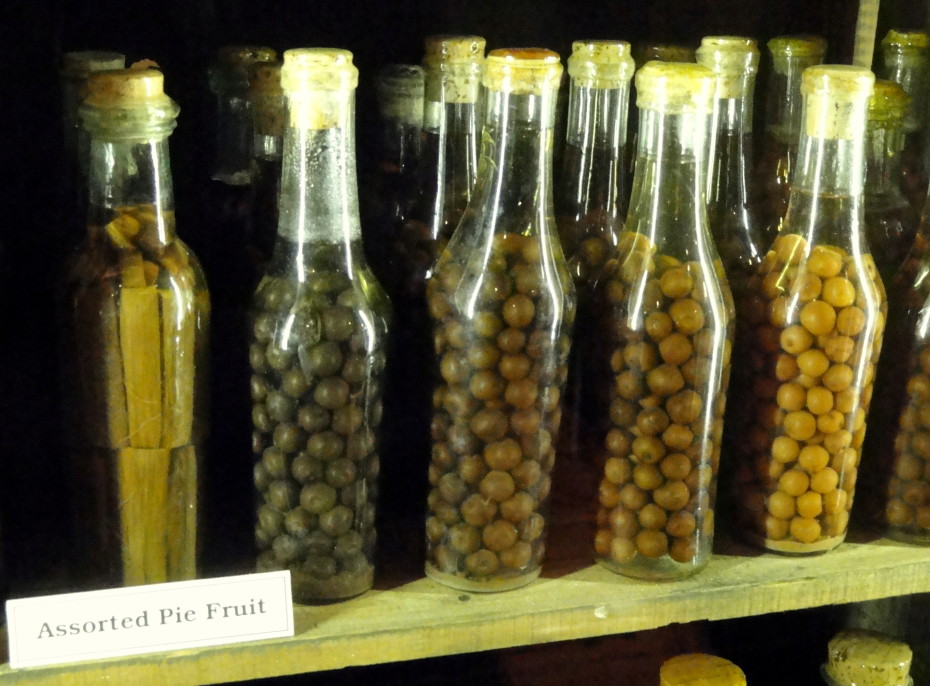
With the lack of air to spoil them, thousands of artifacts were recovered intact, including jars of preserved food that are still edible, tested by one of the excavators themselves, who ate a pickle from the Arabia finding it to be still perfectly fresh.
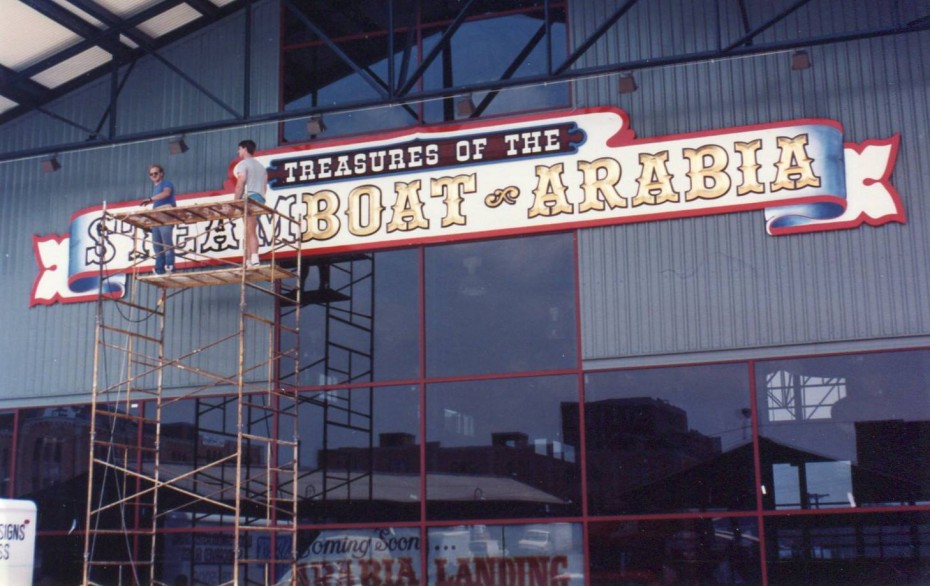
These artifacts are now housed in a cool little museum in Kansas City called the Arabia Steamboat Museum, where you can also find a display honoring the found skeleton remains of that poor wee mule.
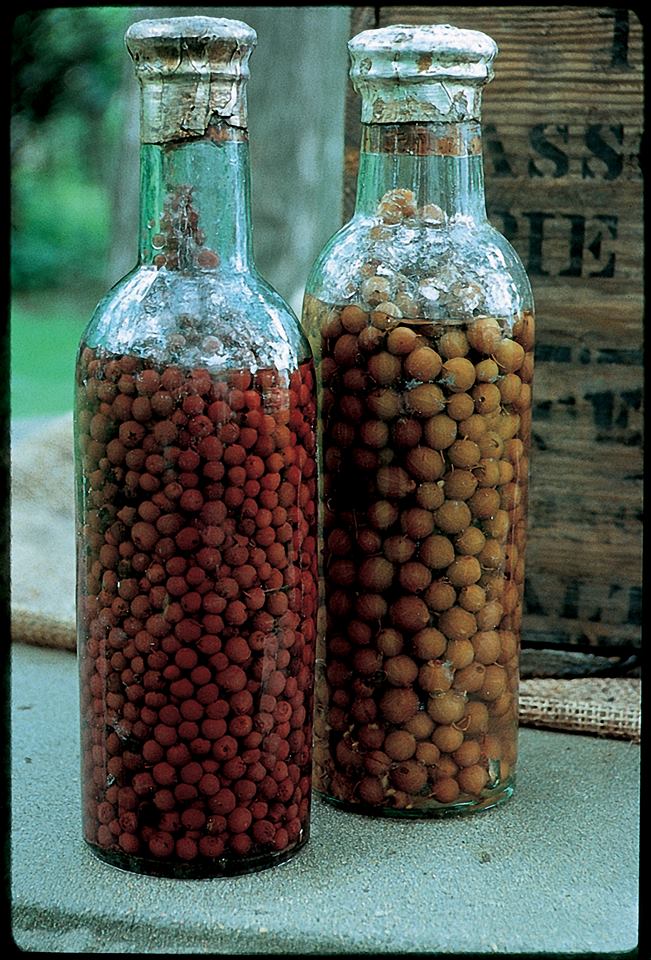
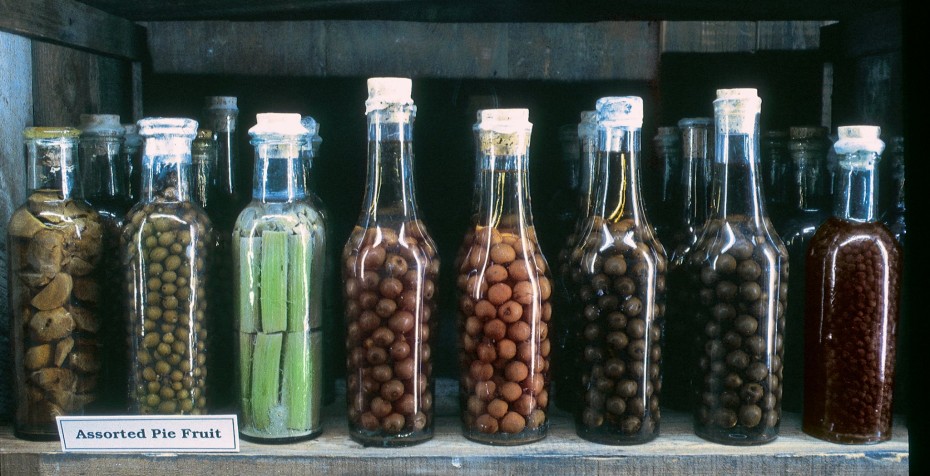
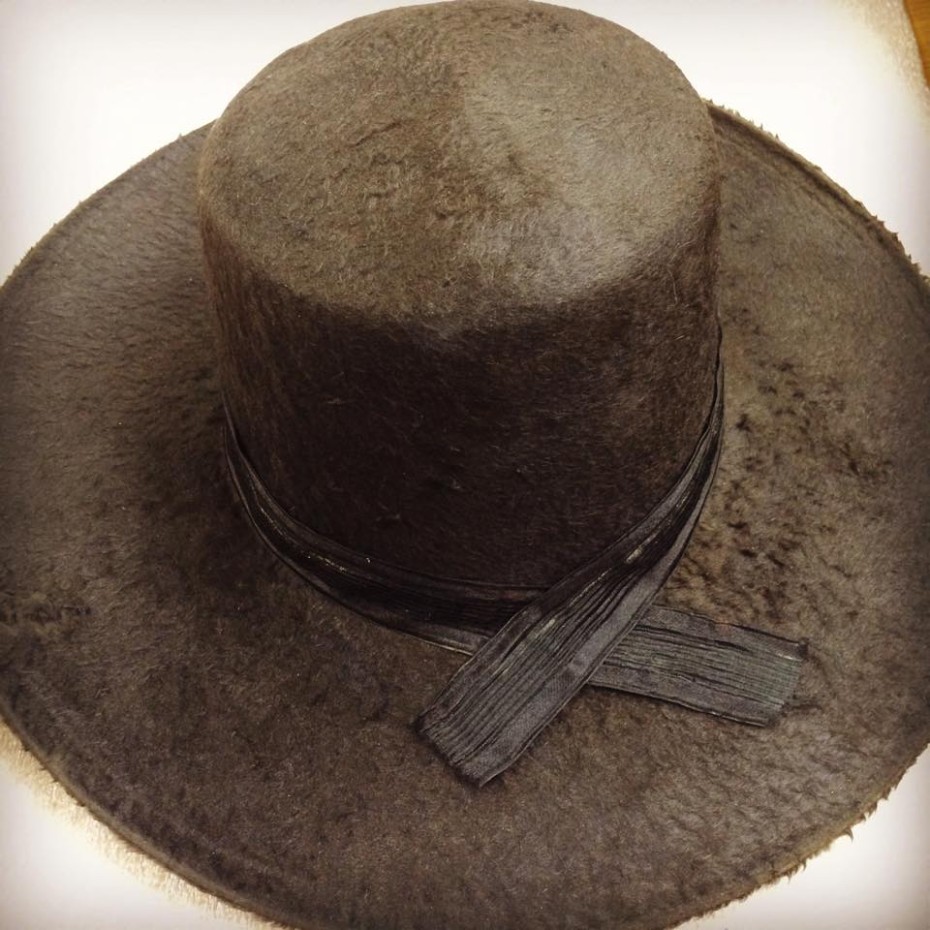
Fewer than 10% of the hats found on the Arabia are beaver (most are wool felt), but the quality of this naturally waterproof material is unsurpassed.
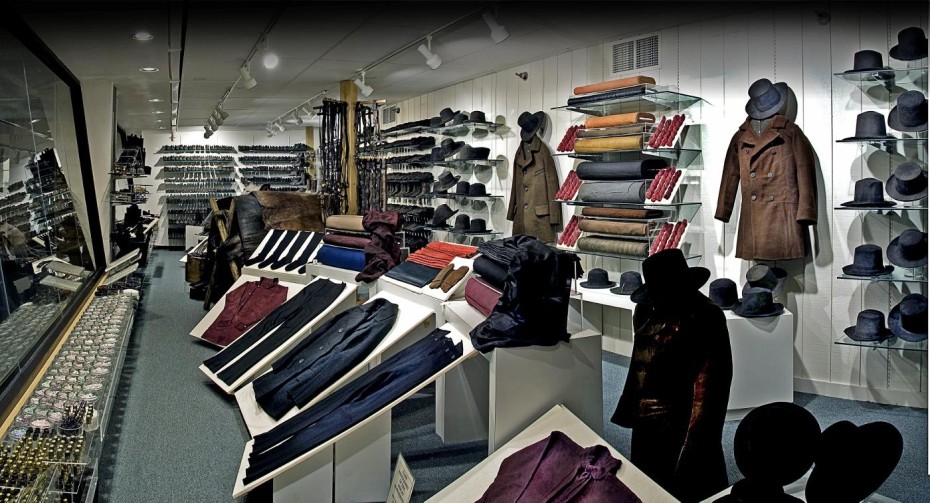
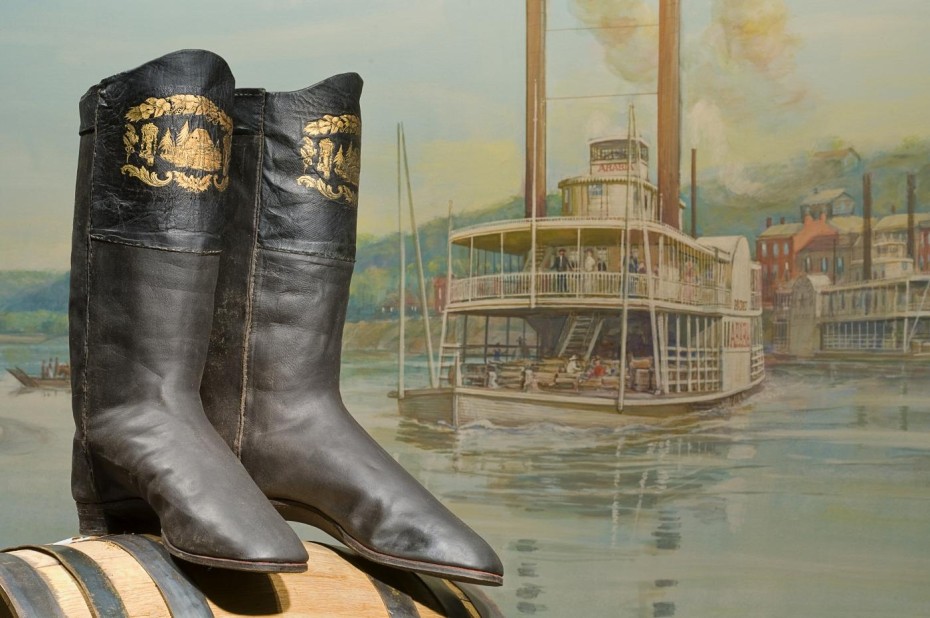
Over 4,000 shoes and boots were also discovered still crated in shipping boxes ready for delivery. This display of leather footwear made for men, women and children is an impressive exhibit to behold.
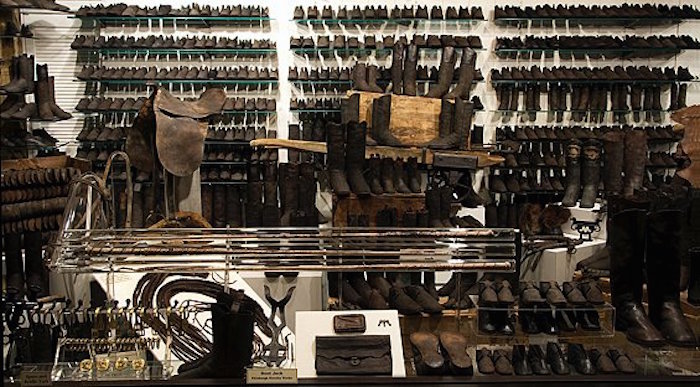
A few of the styles were lined with buffalo hair to help protect against the cold winter chill.
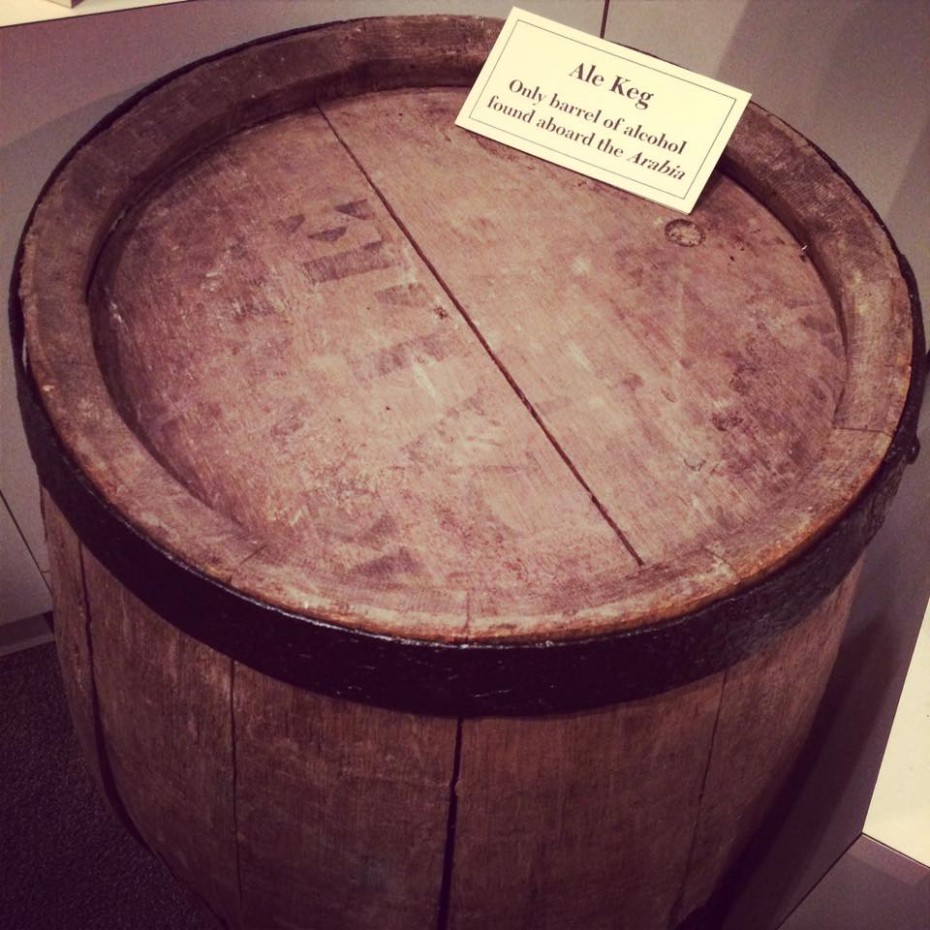
A keg of ale from 1856.
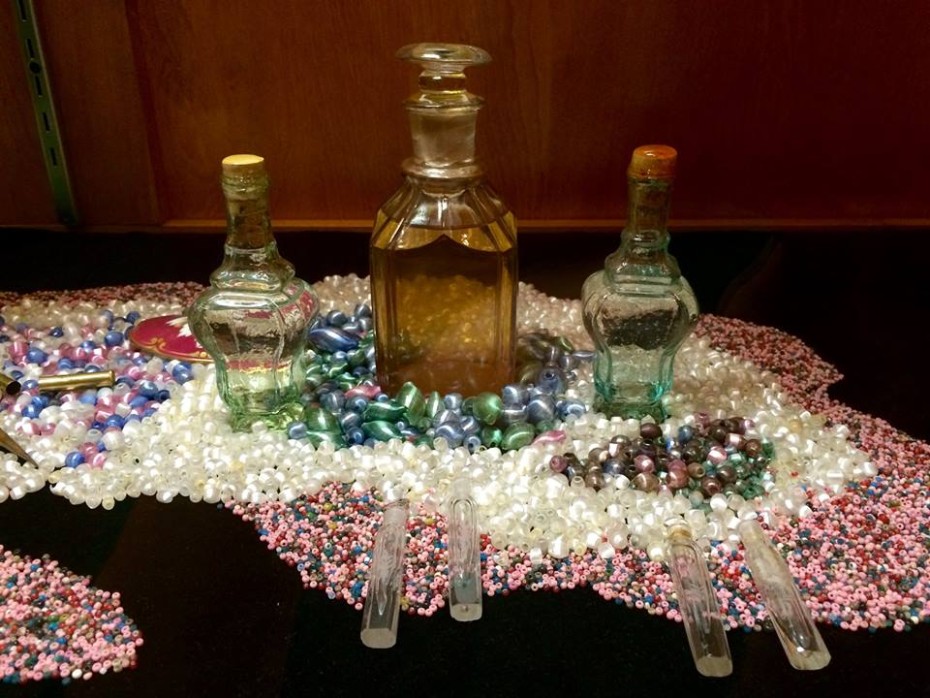
The Steamboat Arabia contained several imported French perfumes that were still fragrant.
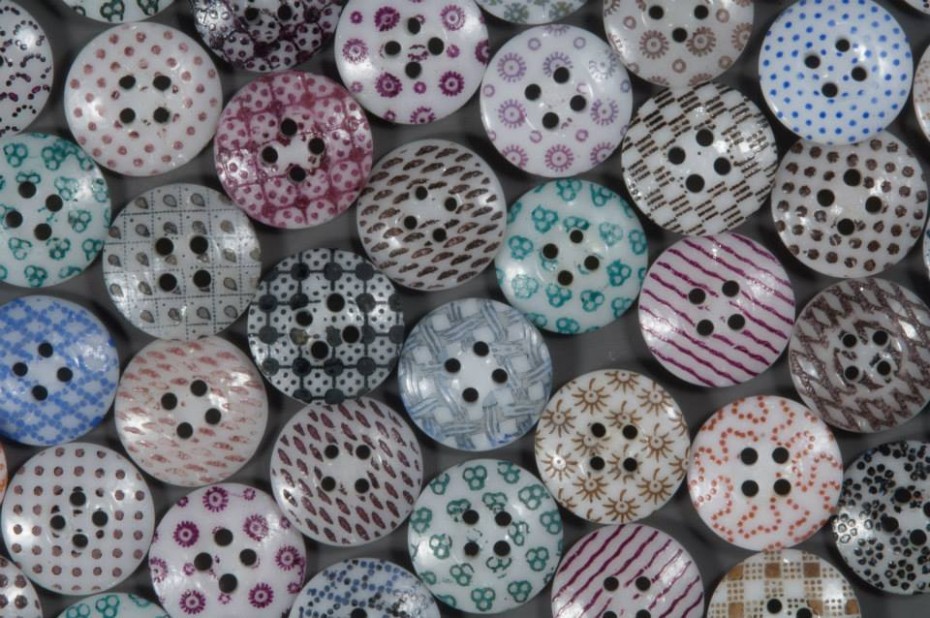
A sampling of the 29 patterns of calico buttons found on the Arabia: the word calico refers to cotton fabrics printed with small, repeating patterns, originally imported to England from Calicutta, India. Buttons were printed to match. Cotton dresses from the Arabia had dissolved after spending 132 years underwater. Luckily, their porcelain buttons remained intact, showing us how many colorful, intricate patterns were available to women who could afford readymade clothing in 1856.
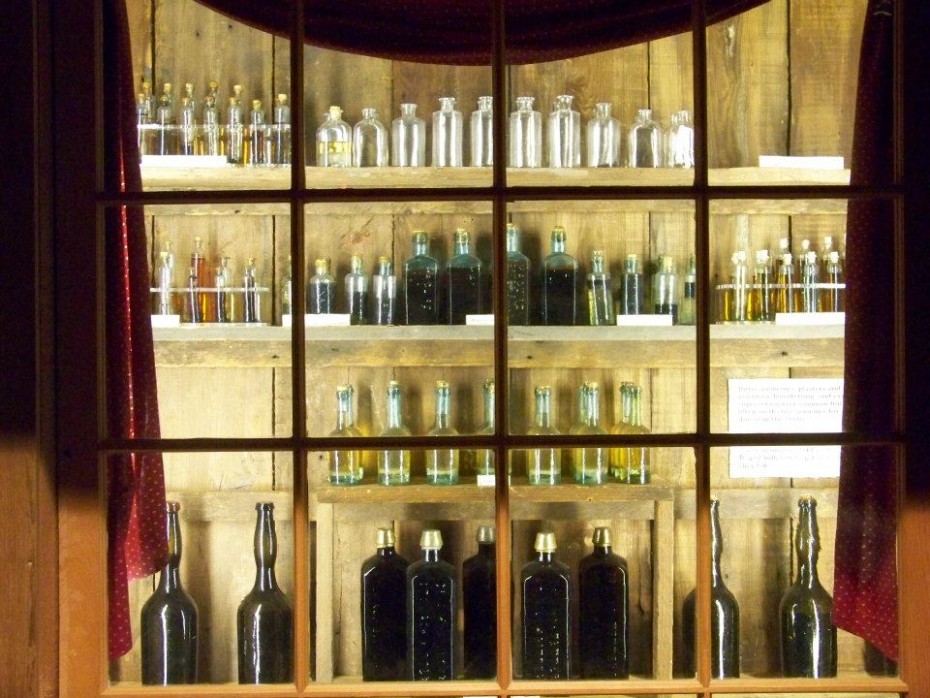
A variety of medicines (mostly unidentified) that sank with the Steamboat Arabia in 1856. At bottom-center are several bottles of Dr. J. Hostetter’s Stomach Bitters.
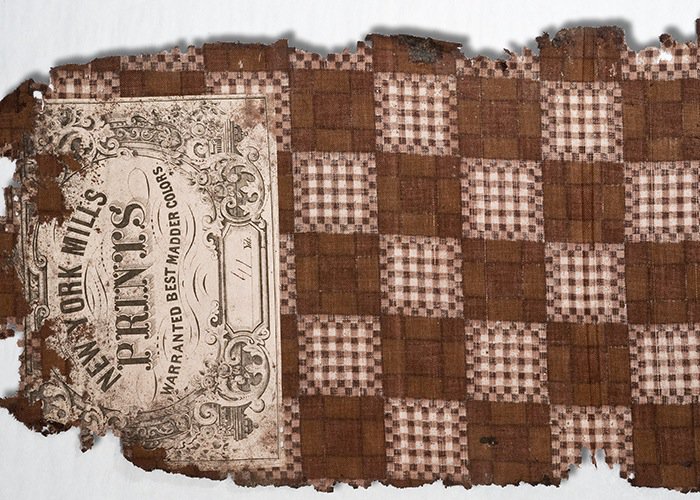
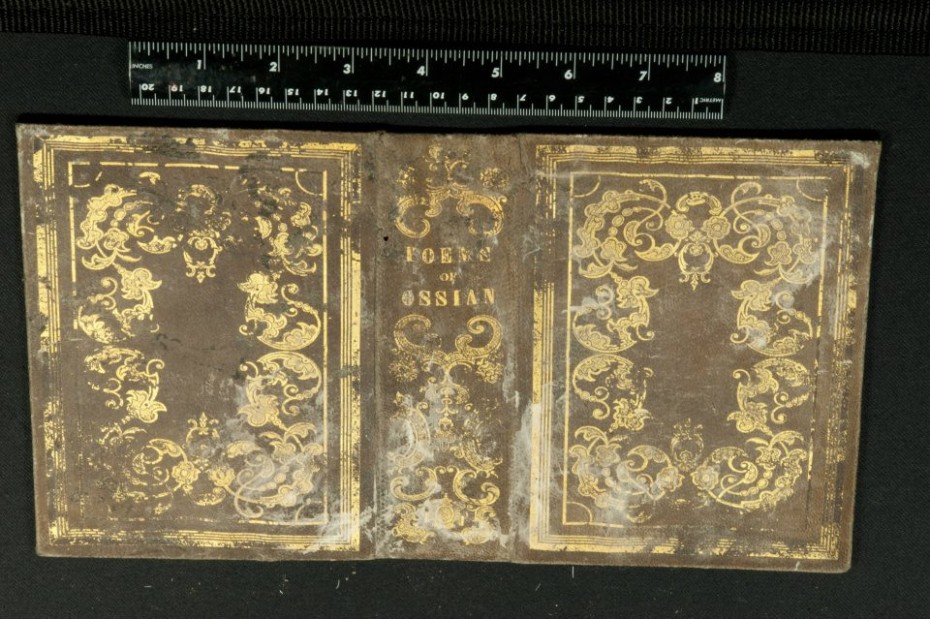
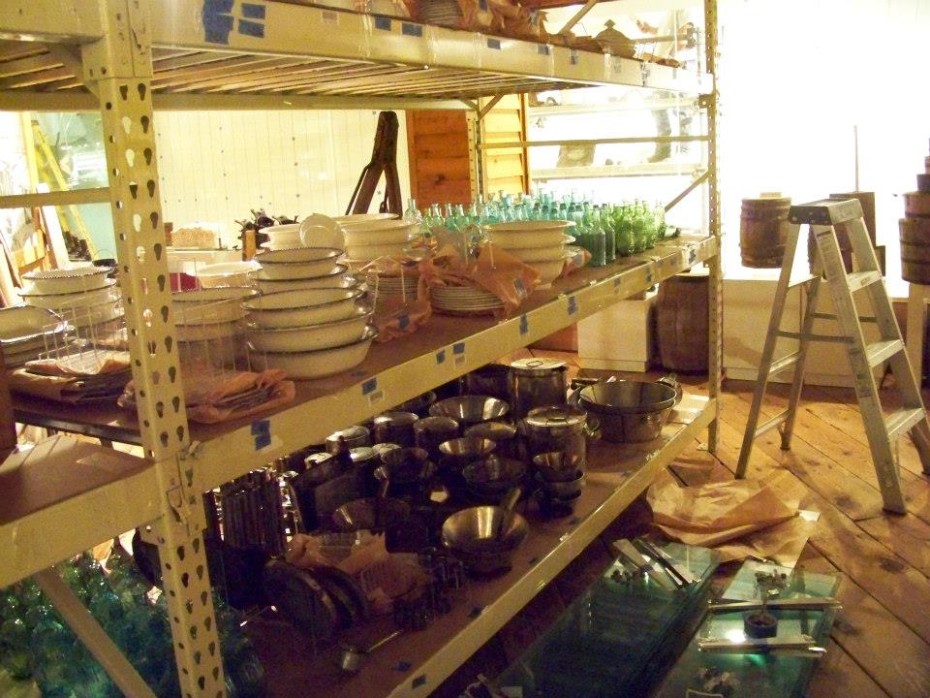
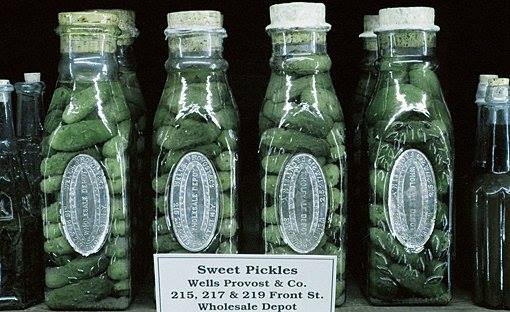
Fancy a 150 year-old pickle from the Arabia Steamboat?
Visit the Arabia Steamboat Museum.


